
For more information about sustainable decking options, download the free "Ultimate Guide to Selecting the Right Decking" now.
Related Posts
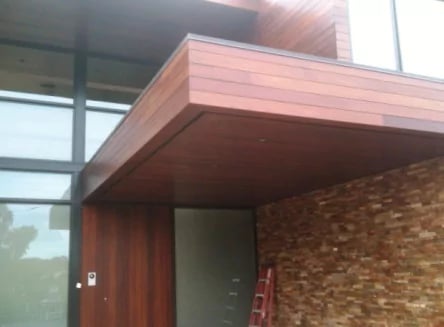
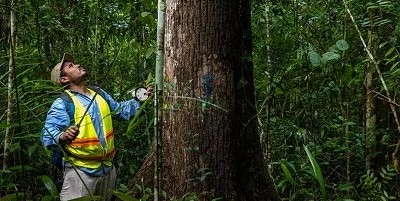

Sustainability is part and parcel of modern life and is a key element to just about every industry – none more so than construction. Now, more than ever, it’s important to consider the impact of our actions on the planet, individually and as a collective. But what does it mean to be ‘green’, or ‘eco-friendly’, and what part does sustainability play when using construction materials nowadays?

Let’s take a look at what makes a material sustainable, why using sustainable building materials makes sense economically as well as ecologically, and find out why using eco-friendly, responsibly harvested building materials is crucial, if we are to meet the needs of future generations.
Firstly, you want to build something that lasts. When choosing building materials, it’s necessary to consider the lifespan of a material, from its origin to its disposal. In regards to decking (or siding) materials, a product’s sustainability and eco-friendly qualities can be measured from its manufacture to its demolition, and using materials such Machiche or Santa Maria hardwood (both FSC® certified through Mataverde) as opposed to composites or plastics, is the best way to ensure durability and is a far more sustainable option.
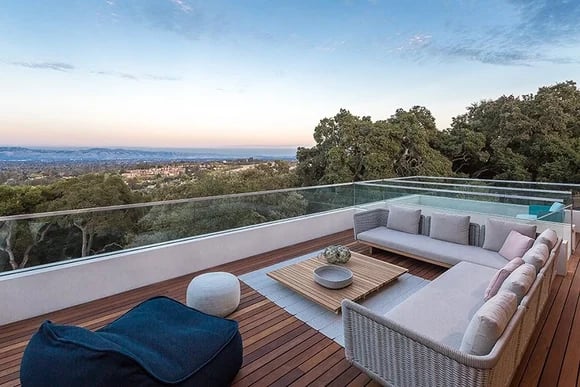
FSC Certified Machiche hardwood deck
Sustainable design is the essence of modern architectural design today. Any systems and methods that can improve health, welfare or safety are part of this mission. Energy savings, methods to improve the life-cycle of a structure are high value goals for designers. Reducing the overall life cycle costs of a building or structure are part and parcel of this plan.
A sustainably designed wood rainscreen siding system helps achieve all these goals. Wood rainscreen designs are beautiful, and the beauty is not just skin deep. It's the functionality of a rain screen that helps it protect and preserve your home. Learn more about wood rainscreen siding options here.
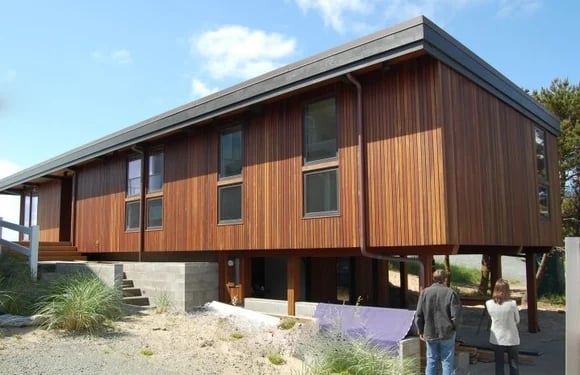
Sustainably designed wood rain screen installation
Save this article, download now!
The harvesting of sustainable materials leads to far less waste than other types of materials, such as plastics, meaning less landfill waste, less energy consumption, and less impact on the environment as a whole. In short, natural wood has a lower life cycle cost than other materials.
Using random length siding or decking materials is a best demonstrated construction practice. Not only does this sustainable building method save you material, and cost, the finished product looks beautiful, naturally.
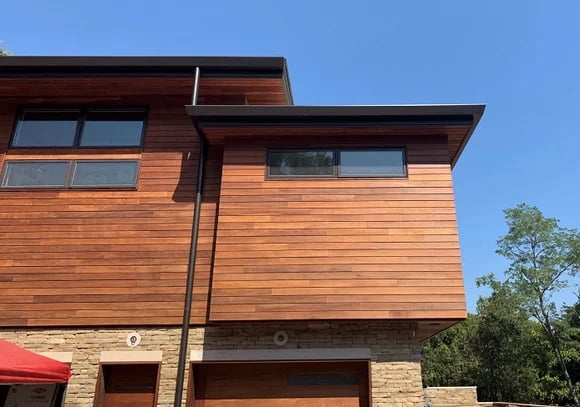 Random length wood siding tallies save materials and money, and blend beautifully
Random length wood siding tallies save materials and money, and blend beautifully
Sourcing sustainable materials from Central America and South America involves sustained-yield forestry, an extremely important method in reversing the deforestation of the Amazon rain forest. Dealing with a delicate balance of providing a reliable income for farmers, while assigning an economic value to the forest (harvesting just enough wood to be able to regrow between cutting cycles) sustained yield forestry is a controlled process, important both ecologically and economically.

Sustained yield approved forest project in Brazil
From the beautiful golden tones of Garapa to the chocolate brown warmth of Machiche, high-density hardwoods lend a certain rustic natural character to your home. Aside from the longevity and eco-friendly benefits of sustainable materials, there’s an elegance and organic style on offer, meaning you can do your bit for the planet without compromising on aesthetics.
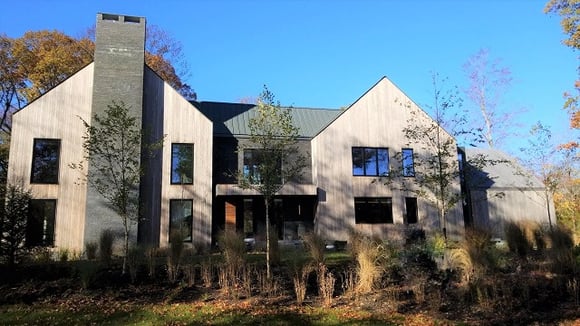
Garapa wood siding naturally mellowing to a silvery gray patina
The long term effect on your health is an often-overlooked factor when considering the building materials of your home. Sustainable building materials are free of toxic preservatives and emit hardly any toxins, while non-sustainable materials can emit harmful toxins such as VOC's (volatile organic compounds) and carcinogens.
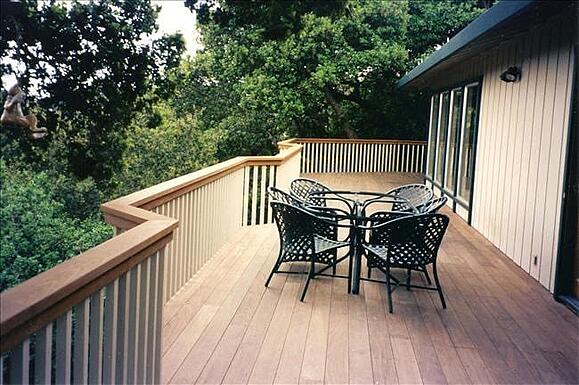
Natural hardwood decking adds warmth, beauty, joy and value to a home
Beyond reducing your carbon footprint, using sustainable building materials adds resale value to your property. Aside from the obvious benefits of high-quality, low maintenance, and exceptional durability, a home built with sustainable materials is an increasingly desirable asset. In the modern era, sustainability is the standard. In the future, using materials that damage the environment will be out of the question, and only the highest quality sustainable building materials will be good enough.
We hope you enjoyed this article. Please LEARN MORE ABOUT SUSTAINABILITY HERE.
If you'd like to learn more sustainable rainscreen siding options, download your free "Ultimate Guide to Wood Rainscreens" today:
For more information about sustainable decking options, download the free "Ultimate Guide to Selecting the Right Decking" now.


